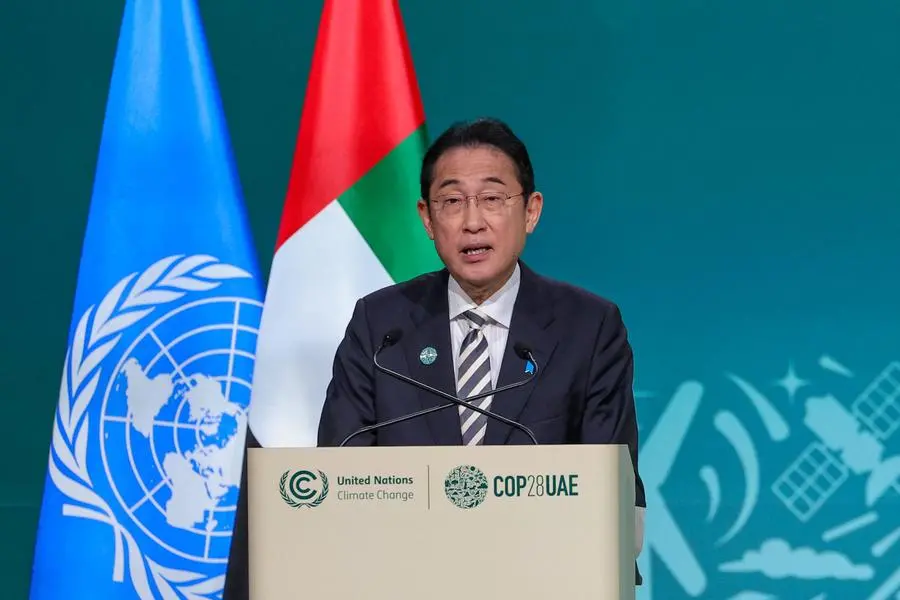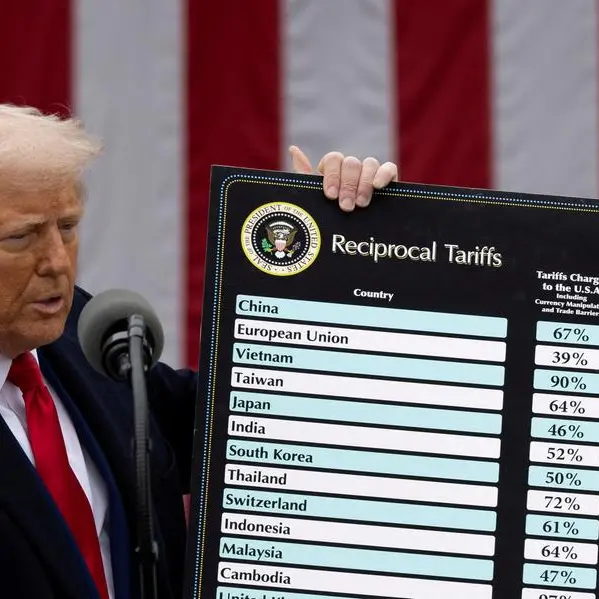PHOTO
Prime Minister Fumio Kishida said at COP28 climate talks that Japan would no longer build "unabated" new coal-fired power plants, meaning those without methods to capture emissions or technologies to reduce them.
But environment experts say this announcement is hollow and a smokescreen as Tokyo seeks to extend the life of coal-fired power stations not just in Japan but elsewhere in Asia using ammonia.
Is Kishida's announcement anything new?
Kimiko Hirata, executive director of Climate Integrate, an independent Japanese environmental think tank, said that Kishida's pronouncement in Dubai is "greenwashing".
Japan is not at present planning to build any new coal-fired power stations, and Kishida's announcement does not cover any plant already under construction like the one in Yokosuka southwest of Tokyo set to come online next February, Hirata told AFP.
Constructing any new plant would be "impossible anyway, because no private financial institution wants to finance new coal projects in Japan", she added.
What energy transition is Japan aiming for?
In the 2022-2023 fiscal year, 30.8 percent of Japan's electricity was generated with coal, according to official figures.
Slightly more (33.7 percent) came from gas power plants while Japan's fleet of nuclear reactors -- most of which remain offline since the 2011 Fukushima disaster -- accounted for 5.6 percent.
Thanks mainly to solar energy, renewable energy sources accounted for 21.7 percent, up from 20.3 percent in the previous year.
By 2030-2031, Japan wants to have cut its use of coal and natural gas to 19 and 20 percent of its energy mix, respectively, while increasing nuclear power to 20-22 percent and renewable energies to 36-38 percent.
What role does Japan see for ammonia?
To achieve "carbon neutrality" by 2050, Japan is banking on ammonia, firstly by burning it together with coal and gas and then eventually as a fuel on its own.
This gas derived from hydrogen has the advantage of not releasing carbon dioxide (CO2) when burned, and is already produced on a large scale around the world, mainly for the fertiliser industry.
What are the drawbacks?
Climate experts said using ammonia as a co-fuel would significantly increase the operating costs of a coal-fired power plant, and with limited CO2 reductions.
Additionally, more than 99 percent of current ammonia production comes from fossil fuels, according to the International Energy Agency (IEA).
To be truly "zero emissions", it would be necessary to produce enormous quantities of "green" ammonia using renewable energy sources, or at least by capturing and storing the CO2 involved in its production to make so-called "blue" ammonia.
In addition, Japan would need to import large volumes of the gas from other countries, creating yet more emissions.
Japan's plan is "not about ultimately reducing emissions, (it's) about finding backdoor ways of prolonging the lifetime of fossil fuel infrastructure", said Leo Roberts, a researcher at climate think tank E3G, calling it a "genuine false solution".
What is Japan doing abroad?
Environmental experts are all the more concerned since Japan is also actively promoting its ammonia technology abroad, particularly in Southeast Asia where it is injecting billions of dollars into a new initiative called the "Asia Zero Emission Community" (AZEC).
"This push to lock in fossil fuel-based energy across the continent is delaying the transition from fossil fuels to renewables, adding hurdles to achieving the global goal of tripling renewables," said the Climate Action Network, naming Japan as runners-up of the Fossil of the Day award at COP28.
Ammonia "fails to meaningfully reduce emissions, jeopardises the decarbonization of Japan's energy and any possibility of phasing out fossil fuels", it said.




















